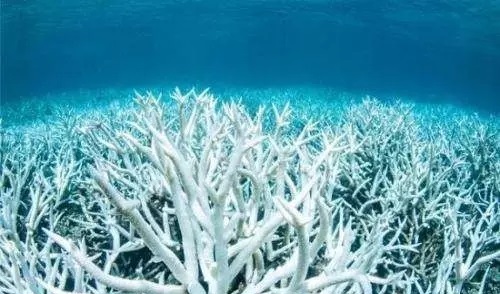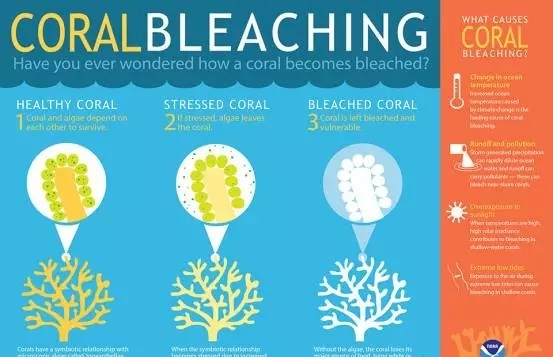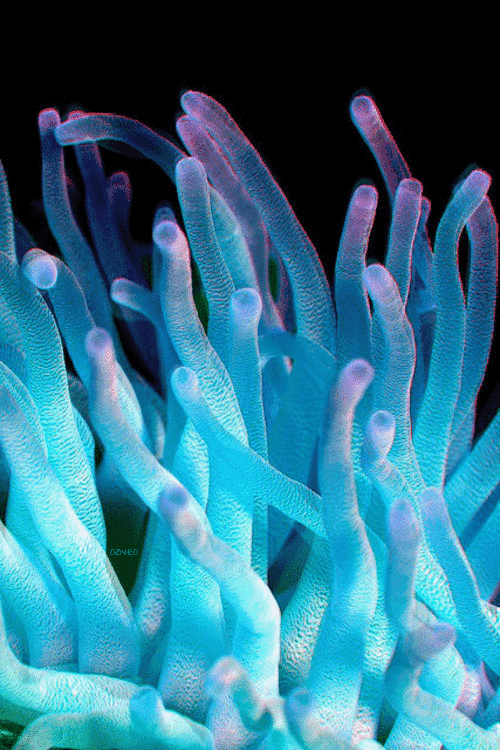When corals are stressed by changes in conditions such as temperature, light or nutrients, they can expel symbiotic algae from their tissues, causing them to turn completely white.


Can coral survive a bleaching event?
If the stress-induced bleaching is not severe, the coral will recover. If the loss of algae is prolonged and the stress continues, the coral will eventually die. Rising water temperatures can cause coral bleaching. When sea temperatures get too hot, corals will expel algae (zoanthellae) from their tissues, causing the coral to turn completely white. This is called coral bleaching. When the coral bleached, it wasn't dead. Corals can survive bleaching events, but they are more stressed and can be affected by mortality.

In 2005, the United States lost half of its Caribbean reefs in a year due to a massive bleaching event. Warm waters surround the North Antilles near the Virgin Islands, and Puerto Rico expands south. A comparison of satellite data from the past 20 years confirmed that thermal stress in 2005 was greater than the previous 20 years combined.
Not all bleaching events are caused by warm water
In January 2010, cold water temperatures in the Florida Keys caused coral bleaching, causing some to die. The temperature of the water dropped by 12.06 degrees Fahrenheit, below the typical temperature observed for this time of year. The researchers will assess whether this cold stress event makes corals more susceptible to disease, just as warm water does to corals.